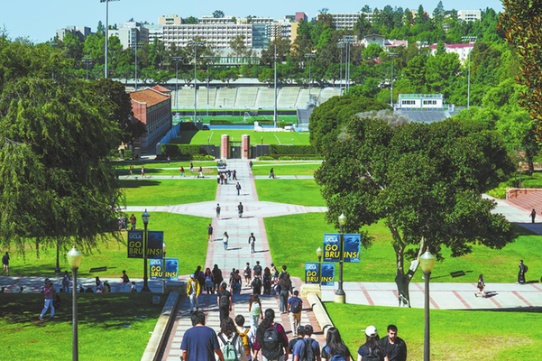Huawei aims to offer driverless vehicle solutions in 2025
chinadaily.com.cn | Updated: 2021-06-11 10:45

Chinese technology giant Huawei has set a target to offer solutions that enable passenger vehicles to be driverless in 2025, said a senior executive on Thursday.
Wang Jun, head of Huawei's smart vehicle business unit, said "Driverless vehicles are the ultimate goal of autonomous driving, and we are working to make passenger vehicles driverless in 2025."
He made the remarks at the China Auto Bluebook Forum held in Hefei, capital of East China's Anhui province.
Huawei showcased its autonomous driving solutions at the Shanghai auto show in April. An Arcfox model, with Huawei solutions, can navigate through busy urban traffic without the help of a human driver. The technology company said its vehicle can go by itself for 1,000 kilometers.
Wang said the vehicles will become driverless between 2025 and 2030, and what will change them further will be smart onboard functions.
"Vehicle cabins will become smart spaces. As for what people can do there, there are boundless possibilities," said Wang.
He Xiaopeng, chairman and CEO of China's leading startup Xpeng Motors, shared a similar opinion at the same forum.
In five to 15 years, the vehicles will be much more than transport tools, just as the primary function of today's smart phones is not making calls, he said.
"We have noticed that many of our customers will stay in their vehicles for quite a while after their vehicles are parked," said He.
He said the sector of smart electric vehicles is picking up speed in China's big cities, and their sales are expected to soar rapidly when high-level autonomous features are available.
He estimated that smart vehicles will see explosive growth after 2023, and 50 percent of new cars sold in China's first-tier cities will have smart features in 2025. It was less than 10 percent in the first quarter this year.
The figure is expected to reach 90 percent in 2028 in the first-tier cities and to exceed 60 percent nationwide, he said.
























